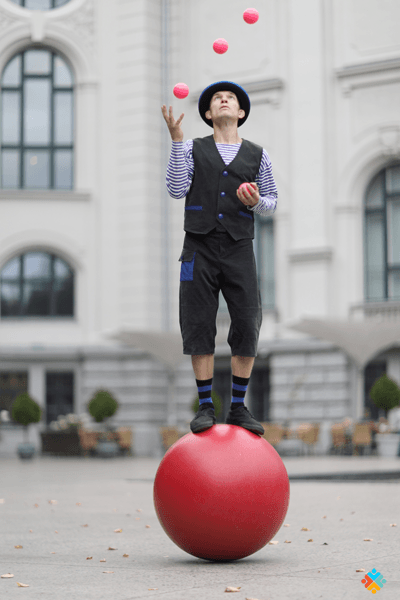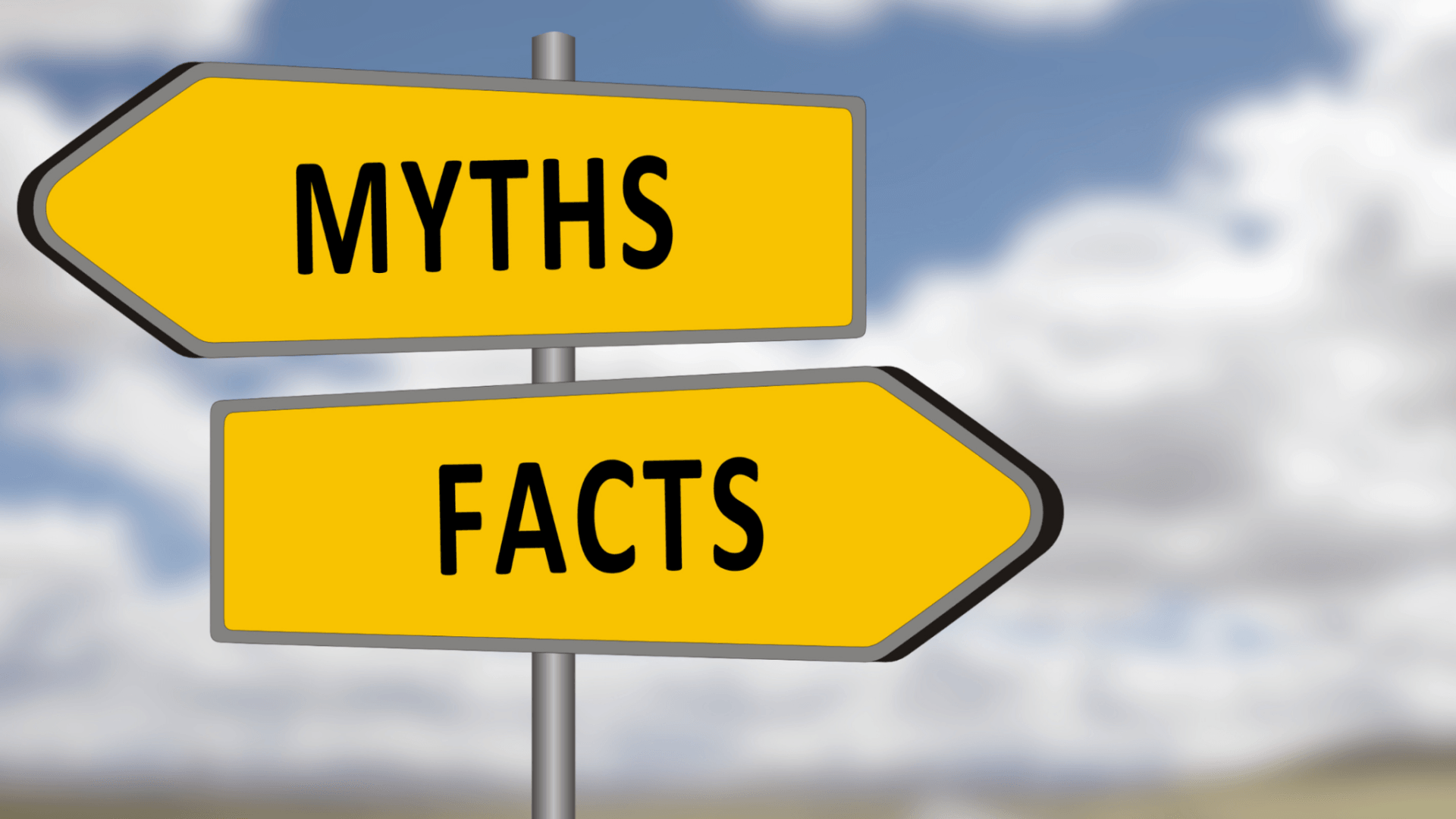A Balancing Act: How Does Balance Work?
 The balance system is one of the most important systems the body uses. Throughout the day it helps us to drive a car without getting dizzy; slip on a slick surface without tearing ligaments; go up and down stairs without looking at every step; and walk down the sidewalk without tripping on uneven cracks. Balance is a complex masterpiece that can be honed to help every person function at their highest level. Have you ever wondered how gymnasts balance on the balance beam, or hockey players skate on ice while handling the puck, or how skiers tear manage to slalom downhill without falling? It all has to do with practice and creating a balance set to fit their unique sporting needs. There are three different balance systems that work together to create a wholly balanced world.
The balance system is one of the most important systems the body uses. Throughout the day it helps us to drive a car without getting dizzy; slip on a slick surface without tearing ligaments; go up and down stairs without looking at every step; and walk down the sidewalk without tripping on uneven cracks. Balance is a complex masterpiece that can be honed to help every person function at their highest level. Have you ever wondered how gymnasts balance on the balance beam, or hockey players skate on ice while handling the puck, or how skiers tear manage to slalom downhill without falling? It all has to do with practice and creating a balance set to fit their unique sporting needs. There are three different balance systems that work together to create a wholly balanced world.
Somatosensation
This is the feeling that we have in our feet, and is sometimes intertwined with proprioception. Somatosensation and proprioception are defined as how the sensors within the skin on our feet, joints, muscles and tendons sense where we are in space. These sensors constantly give feedback to different parts of the brain and brain-stem to correct movement, and ensure that the proper muscles are contracting to stabilize and move our body. This system can be disrupted by nerve damage (often called peripheral neuropathy), which often occurs with diabetes and some artery diseases. It can also be disrupted by pain, which is why anyone who has had an ankle sprain will tell you that they sprain the ankle over and over after the first injury. This is because the system is disrupted in the presence of pain so the ability of the ankle muscles to contract and prevent further sprains is impaired. When this system is disrupted due to lack of sensation or pain, the body relies on the other two systems below.
Vision
Simply put, vision gives us our picture of the world and integrates with the other systems to adjust muscle activity and movement to match what we see. We rely most of our vision during balance.
Vestibular function
The vestibular system is an integral part to the balance system. It activates postural muscles throughout the day and also helps us move our eyes independent of head movement. This allows us to focus on one thing while there may be a lot of other things going on around us – think about reading a street sign while driving on the highway, for example. If both of your vestibular systems were non-functioning (you have two, one in each ear), the horizon would bounce up and down instead of being still when walking. Mismatches in information within this system is usually what causes motion sickness. The reason people get nauseous with motion sickness is that the brain has trouble with deciding which input to use – vestibular, somatosensory, or vision. Nausea is your brain’s way of saying: we need to sit down and take a break so I can figure this out. When this system is not functioning correctly, patients generally experience dizziness – defined as feeling off, light-headed, or spacey – and vertigo, which gives the sensation that the world is spinning around you. This system is most important for balance at night when vision can be eliminated.
Balance may not be as straightforward as it seems. It requires a lot of input and processing within our nervous system to work well. The good news is that our balance system can adapt to use one part of the system more than the other through training and practice. The bad news is that as we age, we generally lose sensation in our feet and vision leading to increased risks for falls.
We can help you find your balance before issues develop. Give us a call for your balance screening today!
Bryan Esherick, DPT









